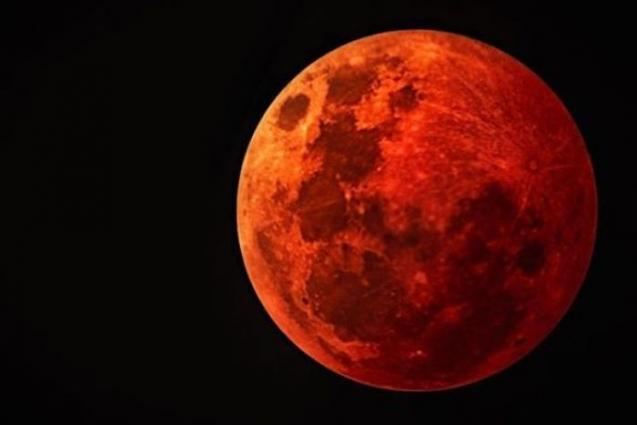Unraveling the origins of lunar swirls
 (Download Image)
The raised topography in the foreground is a lunar swirl. Lunar swirls are sinuous disturbances in brightness and soil texture on the moon’s surface. This swirl appears in the Mare Ingenii area on the far side of the moon. Photo courtesy NASA/GSFC/Arizona State University
(Download Image)
The raised topography in the foreground is a lunar swirl. Lunar swirls are sinuous disturbances in brightness and soil texture on the moon’s surface. This swirl appears in the Mare Ingenii area on the far side of the moon. Photo courtesy NASA/GSFC/Arizona State University
As the closest object in the night sky, Earth’s moon and its craters have long been studied. These craters, visible with the naked eye, have been formed over billions of years by impacts from both asteroids and comets.
A new study recently published in the journal Icarus, led by Megan Bruck Syal of Lawrence Livermore National Laboratory, examines how cometary impacts may transform the surface of the moon in ways distinct from asteroidal impacts, producing unique signatures that are consistent with observations of mysterious, ghost-like features called "lunar swirls."
Lunar swirls are wispy, sinuous disturbances in brightness and soil texture that appear lightly imprinted on the moon’s surface. Most swirls are located on the far side of the moon, and swirl regions are often (but not always) associated with magnetic anomalies.
Numerical simulations of cometary impacts, including impacts by both the solid nucleus of the comet and the gas- and dust-enriched coma, were used to assess thermal and mechanical processing of the lunar surface by cometary collisions. Regional heating and scouring of the surface was calculated to be sufficient to explain the extended brightness and texture variations observed in lunar swirl regions. Additionally, transient magnetic fields generated during cometary impacts were found to be 10,000 times greater than the Earth's magnetic field strength, providing an explanation for correlations between magnetic anomalies and swirl locations.
"Lunar swirls have mystified planetary scientists since the features were first spotted in Lunar Orbiter images during the early 1970s," Syal said. "While the cometary collision model for swirl formation was first suggested decades ago, this is the first study to test the hypothesis with modern computational methods."
Unraveling the origins of lunar swirls is important for understanding the moon's magnetic history (e.g., whether the anomalies were produced by transient impact events or, alternatively, an ancient geodynamo). Furthermore, if comets are responsible for swirl generation, these features offer new information on the impact history at the moon.
Future lunar missions, some of which will focus on constraining swirl origins, will provide additional data to test the comet collision model and other proposed swirl formation mechanisms.
"This paper provides a framework from which to evaluate not only the comet collision hypothesis for lunar swirls but also to understand how the impact of a comet, at any terrestrial surface, may differ from the impact of an asteroid," Syal added.
Syal was joined on the study by Peter Schultz of Brown University.
Contact
 Anne M. Stark
Anne M. Stark
[email protected]
(925) 422-9799
Related Links
"Cometary impact effects at the Moon: Implications for lunar swirl formation""New explanation for Mercury’s dark surface"
Tags
Physical and Life SciencesFeatured Articles








